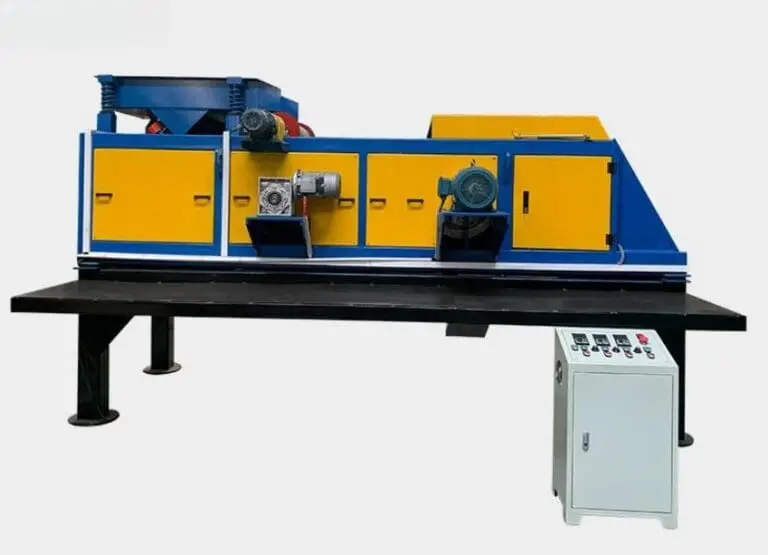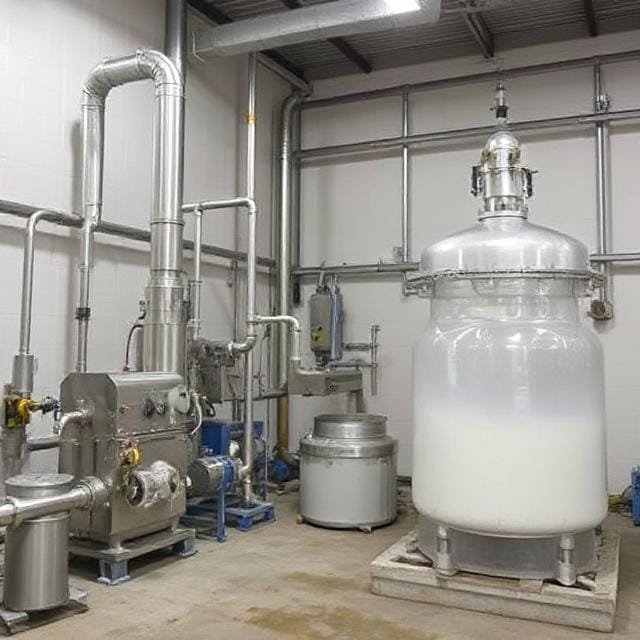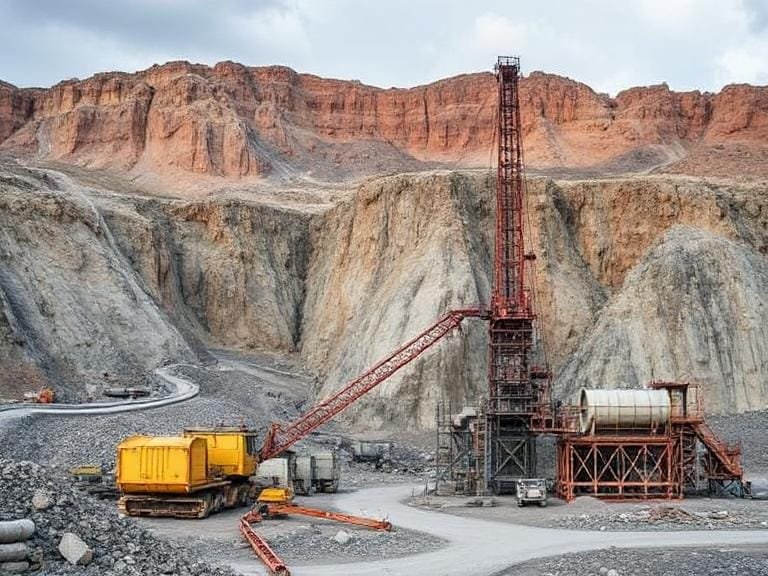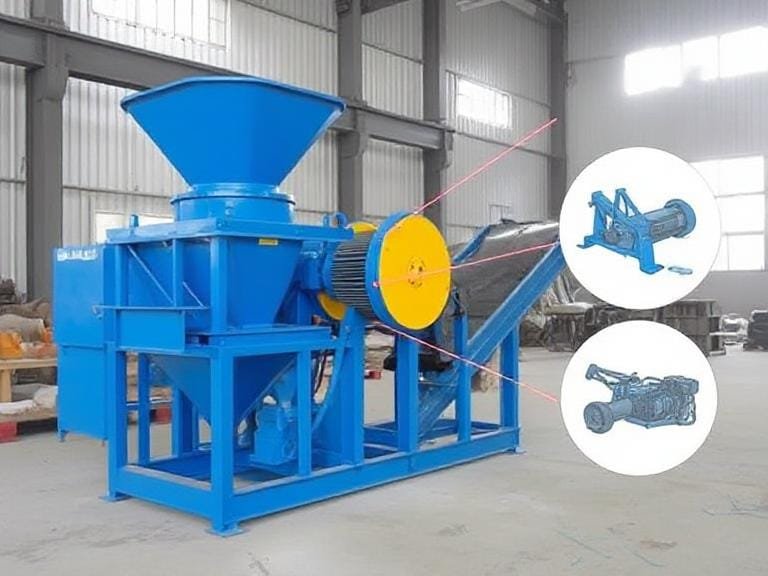How Much Does an Ore Processing Plant Cost in 2025?
Table of Contents Ore Processing Plant Cost
- Introduction
- Key Factors Affecting Ore Processing Plant Costs
- Estimated Cost of Ore Processing Plants in 2025
- About ORO Mineral: Expertise in Ore Processing Solutions
- Essential Equipment for Ore Processing
- Additional Costs to Consider
- Strategies to Optimize Costs
- Future Trends in Ore Processing Plant Design & Cost
- Conclusion
- Summary Table
- References
Introduction to Ore Processing Plant Cost
Ore processing plants are the backbone of the mining and minerals industry, transforming raw ore into usable materials through crushing, grinding, separation, and refining. If you are planning to invest in an ore processing plant in 2025, understanding the cost drivers is critical for budgeting and ROI planning. This article explores the average costs, influencing factors, and how companies like ORO Mineral are delivering cost-effective, technologically advanced solutions for mineral processing worldwide.

Key Factors Affecting Ore Processing Plant Costs
1. Plant Capacity
The cost of an ore processing plant is heavily influenced by its capacity, measured in tons per hour (TPH). Larger plants require more equipment, energy, and infrastructure, which directly increases the initial capital expenditure.
2. Ore Type and Grade
Different ores require different levels of processing. Low-grade ores may need more intensive beneficiation techniques, increasing processing costs per ton. High-grade ores may require less equipment, reducing operating expenses.
3. Location & Infrastructure
- Remote Sites: Higher logistics and labor costs.
- Accessible Locations: Lower transport and utility expenses.
- Energy Availability: Plants in areas with affordable power sources enjoy lower operating costs.
4. Equipment Selection
The type of equipment you use—crushers, screens, magnetic separators, and gravity separation devices—affects both CAPEX (capital expenditure) and OPEX (operational expenditure). Investing in high-efficiency equipment reduces energy costs over time.
5. Automation & Technology
Modern ore processing plants are adopting intelligent automation systems to improve yield, reduce downtime, and cut labor costs. Although automation increases initial investment, it typically pays off through efficiency gains.
Estimated Cost of Ore Processing Plants in 2025
In 2025, the cost of building and commissioning an ore processing plant can range from $500,000 to over $50 million depending on capacity, location, and level of automation. Here’s a rough breakdown:
- Small-Scale Plants (10–50 TPH): $500,000 – $2M
- Medium-Scale Plants (50–300 TPH): $2M – $15M
- Large-Scale Plants (300+ TPH): $15M – $50M+
Operational costs can range from $5 – $25 per ton of processed ore, depending on energy consumption, labor, maintenance, and consumables. Companies that integrate energy-efficient solutions and advanced separation technologies can lower these costs significantly.
About ORO Mineral: Expertise in Ore Processing Solutions
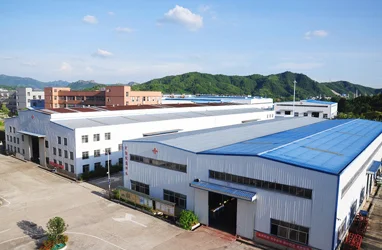
ORO Mineral is a leading manufacturer of intelligent mineral processing, screening, and sand washing equipment, with operations since 2014. The company focuses on:
- Innovative R&D to create high-performance processing systems.
- Custom plant design for mineral screening, solid waste recovery, and beneficiation.
- Continuous technology upgrades to improve efficiency and lower customer costs.
By offering reliable equipment and technical support, ORO Mineral has made a significant contribution to global ore processing, helping clients reduce downtime and maximize yield.
Essential Equipment for Ore Processing
1. 1.1 kW Belt Magnetic Separator

This separator is crucial for removing ferrous impurities from ore streams. ORO Mineral’s belt magnetic separator offers high efficiency, low power consumption, and reliable operation—ideal for continuous production lines.
2. 6-S Shaking Table

The shaking table is a gravity separation device used for fine ore concentration. It is widely used in gold, tungsten, and tin beneficiation due to its precision and low operational cost.
3. Gravity Spiral Chute Separator
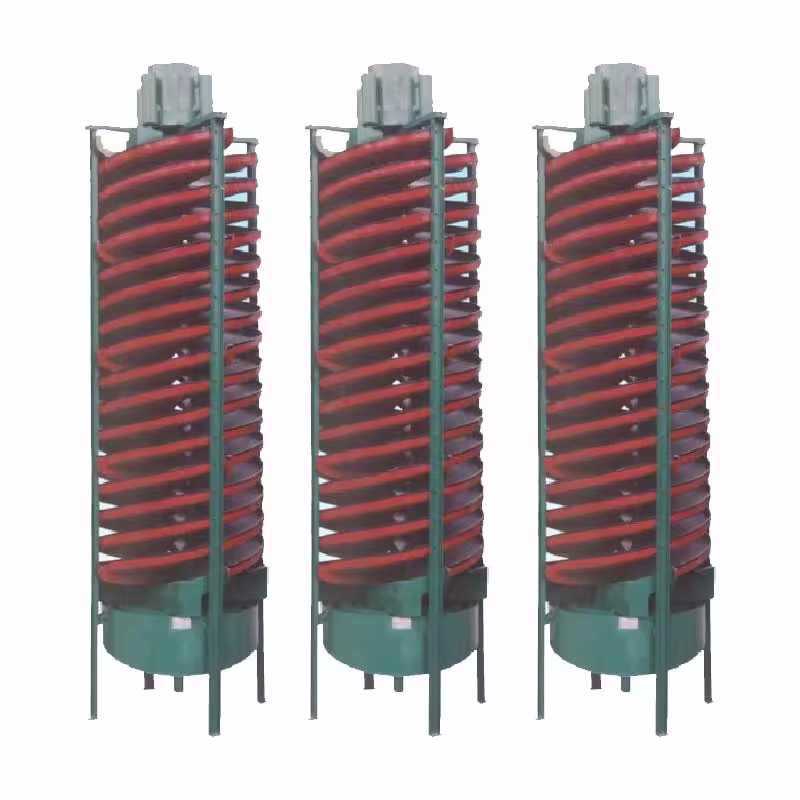
Spiral chute separators provide a cost-effective solution for separating minerals based on density. ORO Mineral’s designs maximize recovery rates while minimizing material loss.
- Key Benefits: High efficiency, simple operation, low maintenance.
- Best For: Gold, iron ore, chromite, and other heavy minerals.
Additional Costs to Consider
- Engineering & Design: 5–10% of total cost.
- Permitting & Compliance: Environmental and safety approvals can add to timelines and budgets.
- Utilities & Infrastructure: Water, power, roads, and waste management.
- Maintenance & Spare Parts: Ongoing costs to keep the plant running efficiently.
Strategies to Optimize Costs
- Invest in High-Quality Equipment: Reduces downtime and lowers repair costs.
- Implement Process Automation: Improves yield and cuts labor costs.
- Regular Maintenance: Prevents expensive breakdowns.
- Optimize Plant Layout: Minimizes material handling and energy waste.
Future Trends in Ore Processing Plant Design & Cost
- AI & IoT Integration: Smarter monitoring systems for predictive maintenance.
- Energy-Efficient Solutions: Focus on renewable energy to lower operating costs.
- Modular Plants: Prefabricated modules reduce construction time and upfront capital.
- Green Processing: Emphasis on water recycling and reduced environmental impact.
Conclusion
The cost of an ore processing plant in 2025 depends on several factors—plant size, ore characteristics, location, and technology level. By partnering with experienced solution providers like ORO Mineral and investing in intelligent equipment such as magnetic separators, shaking tables, and spiral chutes, businesses can significantly lower their long-term operational costs while achieving maximum recovery rates.
Summary Table
| Cost Factor | 2025 Insight | Impact on Budget |
|---|---|---|
| Plant Capacity | Small: $500K+ | Large: $50M+ | Major CAPEX driver |
| Ore Type | Low-grade ores need more processing | Higher OPEX |
| Location | Remote = higher logistics | Moderate CAPEX |
| Equipment | Efficient machinery reduces costs | Lower OPEX long term |
| Automation | Higher upfront cost, better ROI | Optimized productivity |
| Maintenance | Scheduled servicing prevents downtime | Lower unplanned expenses |

